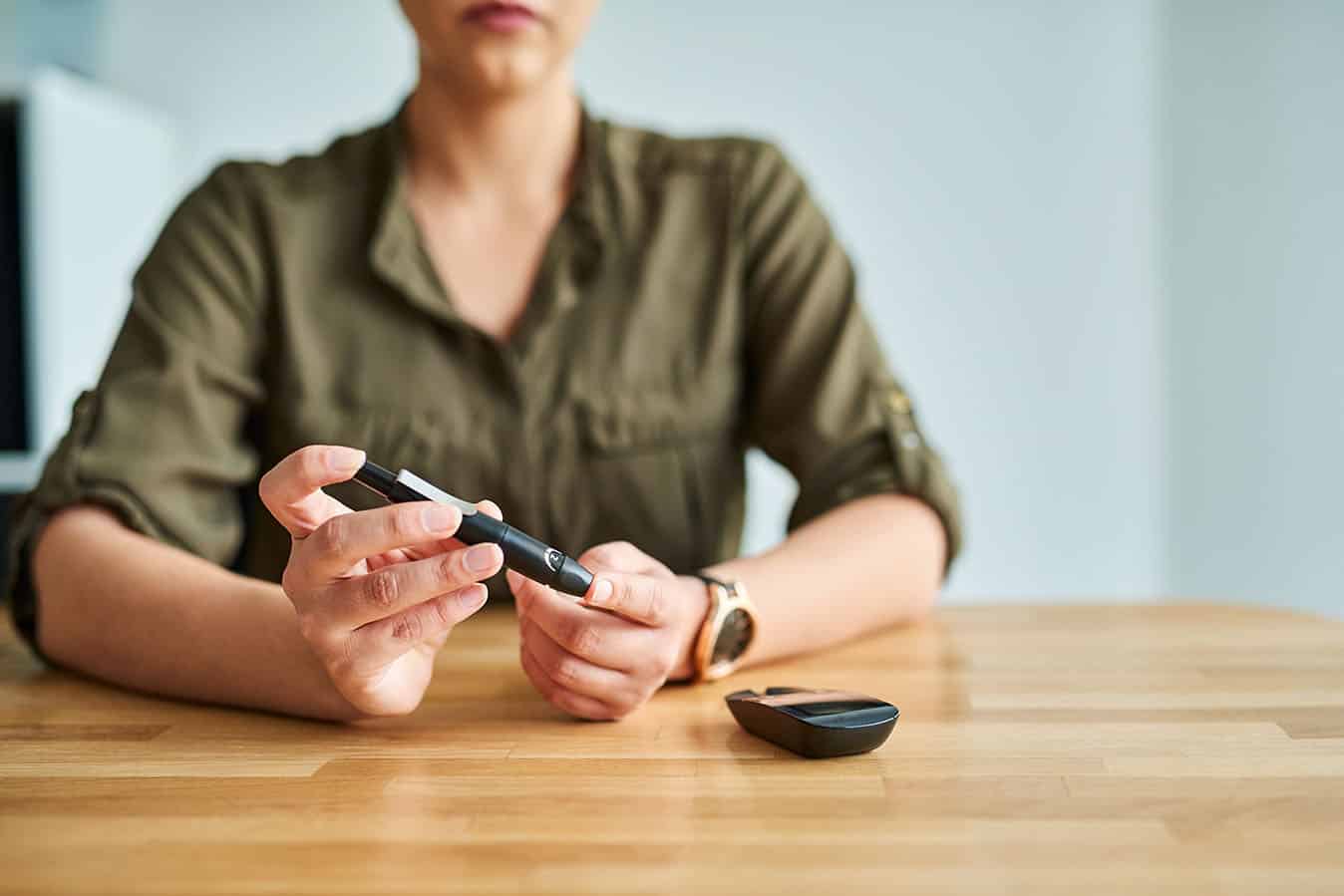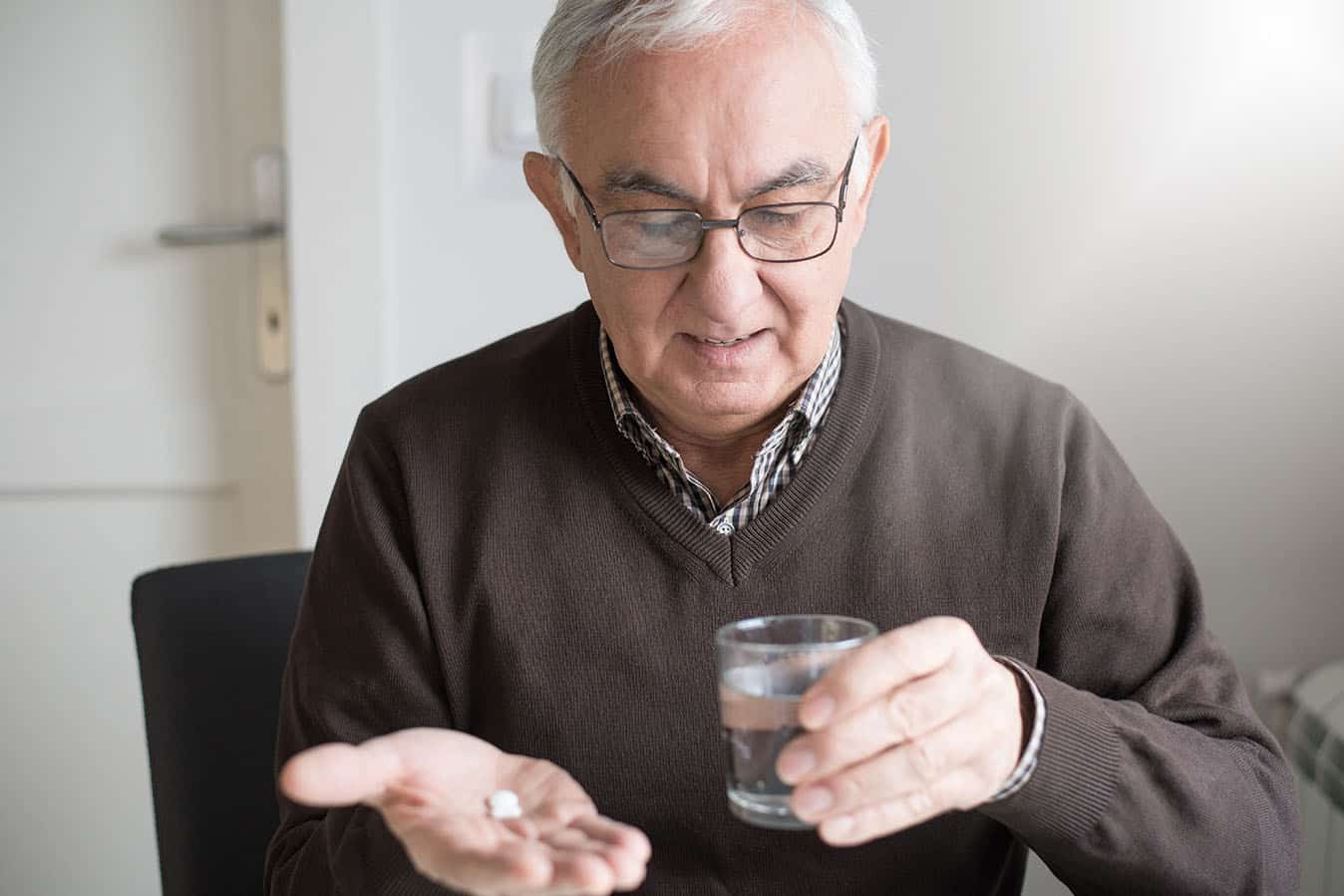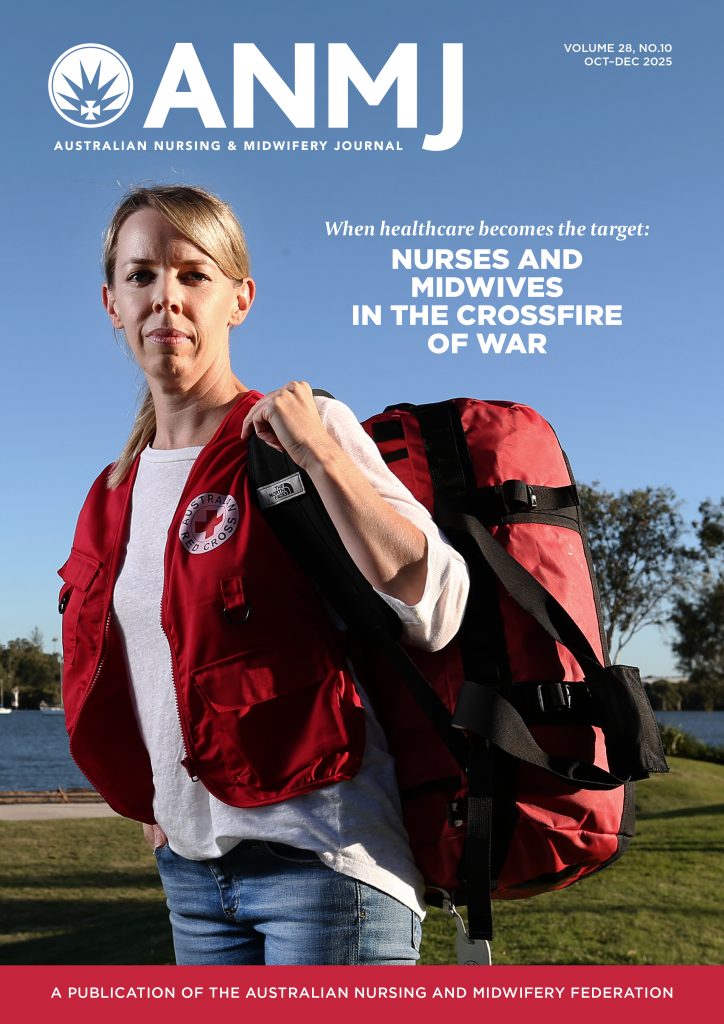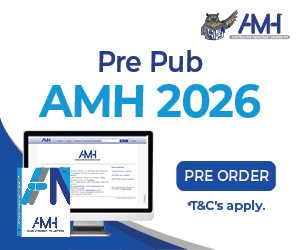Sodium-glucose co-transporter 2 inhibitors (SGLT2i) are a relatively new class of oral medications for the treatment of type 2 diabetes.
While they are particularly helpful for managing blood glucose in diabetic patients with cardiovascular comorbidities, they also come with side-effects and potentially life-threatening risks. This article describes how to safely manage these patients when fasting in perioperative and procedure settings.
INTRODUCTION
Almost one million Australian adults self-reported a diagnosis of type 2 diabetes in 2017–2018 (4.9% of the total population) (ABS 2019). In addition, an estimated 500,000 people are living with undiagnosed type 2 diabetes.
Populations at higher risk of type 2 diabetes include Aboriginal and Torres Strait Islander peoples; non-indigenous people over 40 years with high blood pressure, overweight, or family history of diabetes; young people who are overweight or obese; history of gestational diabetes; polycystic ovarian syndrome with obesity; and those over 55 years of age (Queensland Health 2015).
Diabetes is a chronic metabolic disease characterised by high blood glucose levels and disturbances of carbohydrate, fat, and protein metabolism (Queensland Health 2015). Without careful blood glucose control, patients with diabetes are at risk of vascular complications, including retinopathy, peripheral neuropathy, myocardial infarction, cardiovascular disease, renal disease, and stroke (Queensland Health 2015).
Many people diagnosed with type 2 diabetes take oral hypoglycaemic medications to regulate their blood glucose. In recent years, a new class of oral hypoglycaemic drugs has become available. Sodium-glucose co-transporter 2 inhibitors (SGLT2i) are licensed for the treatment of type 2 diabetes in Australia, with some off-label prescribing for type 1 diabetes mellitus. This drug class includes dapagliflozin, empagliflozin, and ertugliflozin, and may also be given in combination with metformin, sulfonylurea, or both (ADS 2020).
This education update provides information about SGLT2i medications, which is particularly relevant for nurses caring for patients who need to fast for surgical or day procedures. Some references are included for further reading.
BENEFITS AND RISKS
SGLT2i medications reduce renal tubular glucose reabsorption and increase excretion of glucose and sodium, resulting in lower blood glucose and osmotic diuresis (Waylen and Riedel 2019). A systematic review and meta-analysis identified dramatic benefits in diabetic patients taking these drugs, with a reported 23% reduction in cardiovascular-related morbidity and mortality, and a 45% reduction in progression of renal disease (Zelniker et al. 2019).
Metabolic benefits have also been reported, including weight loss (Fleming et al. 2020). Such benefits make these drugs particularly useful for diabetic patients with cardiovascular comorbidities. However, these drugs are contraindicated in patients taking loop diuretics or with chronic kidney disease (estimated glomerular filtration rate [eGFR] < 45 ml/min/m2) (ADS 2020). Unfortunately, SGLT2i medications also come with documented side-effects and risks. Adverse effects may include dehydration, dizziness, postural hypotension (associated with volume depletion), increased risk of genitourinary infections, and lower extremity vascular insufficiency (ADS 2020; Waylen and Riedel 2019). If any of these side-effects are evident, patients may be at increased risk of falls. A potentially life-threatening complication is euglycaemic diabetic ketoacidosis (DKA), particularly when patients taking SGLT2i medications have been fasting due to illness or before a surgical procedure. Case studies have reported diabetic patients taking SGLT2i drugs who have developed severe acidosis requiring admission to a critical care unit (Fleming et al. 2020). Most of these patients had normal or mildly elevated glucose levels, but severe ketoacidosis, a condition called euglycaemic DKA. DKA is caused by an absolute or relative insulin deficiency, which ordinarily leads to hyperglycaemia (BGL >13.9 mmol/L); however, patients taking SGLT2i medications have increased glycosuria, so their blood glucose levels may be within normal limits (Fleming et al. 2020).
The risk of DKA increases for patients who are dehydrated, have been fasting, have undergone bowel preparation for a procedure (colonoscopy or surgery), have gastrointestinal or systemic illness, or an active infection. Therefore, surgical and procedure nurses need to understand this new class of drugs, be alert to the signs of DKA, and understand how to manage these patients. Signs and symptoms and biochemical parameters of DKA are listed in Table 1.
PRIOR TO THE PLANNED PROCEDURE
The pre-operative visit or phone call should identify patients who are taking SGLT2i medications and advise them on cessation. Patients should also be provided with written information about when they should cease these medications.
The nurses can provide this in the endoscopy unit, or a pharmacist or nurse in surgical outpatients, depending on the hospital.
For patients undergoing elective surgery or procedures requiring bowel preparation or prolonged fasting, SGLT2i medications should be ceased at least three days pre-procedure (two days prior to and the day of surgery/procedure) (ADS/NZSSD 2020). For day-stay procedures (including gastroscopy), SGLT2i can be held for the day of the procedure (ADS/NZSSD 2020).
Any diabetic patient who is fasting for a procedure should have their blood glucose levels strictly monitored, and adjustments to other diabetic medications may be required. Fasting before and after the procedure should be minimised, where possible.
| Table 1 Diabetic ketoacidosis – what to look for | |
|
Signs and symptoms (may have one or more) | Biochemical parameters |
|
|
(RACGP/ADS, 2018; Waylen & Riedel, 2019) | |
MANAGEMENT IN THE PERIOPERATIVE AND PROCEDURE SETTING
For a patient with a history of taking SGLT2i medications, blood glucose and blood ketone levels should be obtained on admission to the hospital or procedure unit. Urine ketone tests may be inaccurate when patients are taking SGLT2i drugs, therefore blood ketone testing is preferred (RACGP/ADS 2018). Hourly blood glucose and blood ketone level monitoring are strongly recommended during the admission. However, in the case of short sedation procedures, like gastroscopy and colonoscopy, monitoring on admission and again in the recovery unit is considered adequate. Blood ketone levels must be measured because urine ketone levels are unreliable in patients taking SGLT2i medications (ADS/NZSSD 2020).
If the procedure is uneventful and the patient displays no evidence of DKA, SGLT2i medications should be restarted 24 hours after the patient is eating and drinking their normal diet (Waylen and Riedel 2019).
If the patient taking SGLT2i medications requires urgent or emergency surgery, the medications should be withheld as soon as the decision is made to proceed with surgery (Fleming et al. 2020). As a precaution, the patient should be admitted post-operatively to a high-dependency or critical care unit for close monitoring of blood glucose and blood ketone levels (Waylen and Riedel 2019).

WHAT TO DO IF THE PATIENT DEVELOPS DKA
DKA is an acute medical emergency. If a patient who has been taking SGLT2i medications develops abdominal pain, nausea, vomiting, drowsiness, confusion, tachypnoea, or fatigue, the nurse should suspect DKA and obtain immediate medical attention (ADEA, 2020). An urgent finger prick test for capillary glucose and ketones should be followed up with a venous blood gas (Fleming et al. 2020). If the patient’s blood ketones are > 1.0 mmol/L and base excess –5 mmol/L, treat the patient for DKA, even if blood glucose levels remain normal (4–7.8 mmol/L). The patient should be transferred to the critical care unit and managed with specialist care (rehydration, insulin, and monitoring as per the DKA protocol) (ADS/NZSSD 2020). Once the patient has been stabilised, the medical team should consult with an endocrinologist prior to resuming the SGLT2i medications.
A diabetes nurse specialist should be consulted to provide diabetes education prior to discharge from hospital and follow up in the community, as needed (ADEA 2020).
As a patient safety precaution, all surgery and day procedure units should have a policy outlining the recommended management of fasting diabetic patients prescribed SGLT2i medications, including education for staff detailing how to recognise and manage DKA.
Authors
Gillian Ray-Barruel, RN, PhD, is Senior Research Fellow, Queen Elizabeth II Jubilee Hospital and Griffith University School of Nursing and Midwifery, Brisbane, Queensland
Kathryn Kerr, RN, BN, Grad Dip Nursing (Midwifery), is Clinical Facilitator, Endoscopy Unit, Queen Elizabeth II Jubilee Hospital, Brisbane, Queensland








